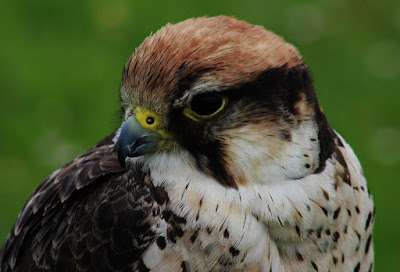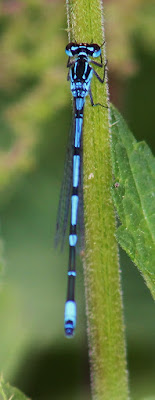When I left my job last year I was very touched by a gift I received from a lovely family, they had given me a day flying Falcons. It took me some time to put a date in the calendar but when the day did come I had a tremendous time. Fenland Falcons in Wisbech St Mary couldn't have been more accommodating. Following a good look around the birds I was given plenty of guidance and advice in how to use the lure and fly the falcons. An Essex Skipper was the highlight of the meadowland butterflies and after some practice I watched some flights and then tried to put a bit of what I'd learnt into practice. Everything changed when a real Lanner Falcon was coming at me with 40mph behind her.
Atlas - The gorgeous Lanner I was flying
As with the gliding earlier in the week a great buzz and experience, I loved the flying. Thanks to Michael for the patient training and to the Morris family for the gift. The birds at the centre were gorgeous and I was particularly taken with the male Red-footed Falcon, American Kestrel and the Ural Owl. On the journey home I stopped in on Roswell Pits to look for Dragons and Damsels. Plenty of both but the scarce ones remained unfound although a showy Comma performed, it's an excellent year for them so far.
Ruddy darter (m)
Blue-tailed Damselfly (fm)
Scarce Chaser (m)

















































